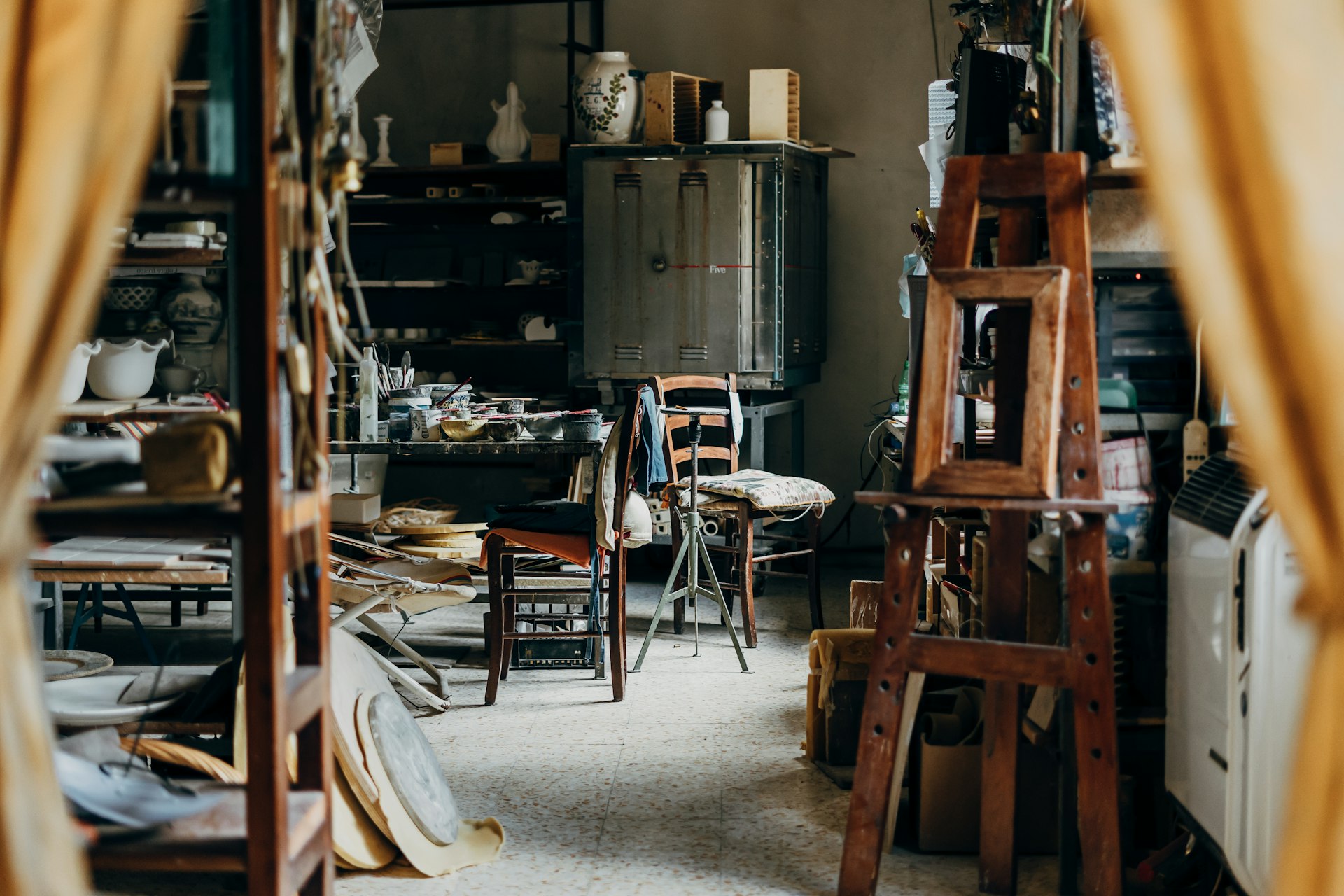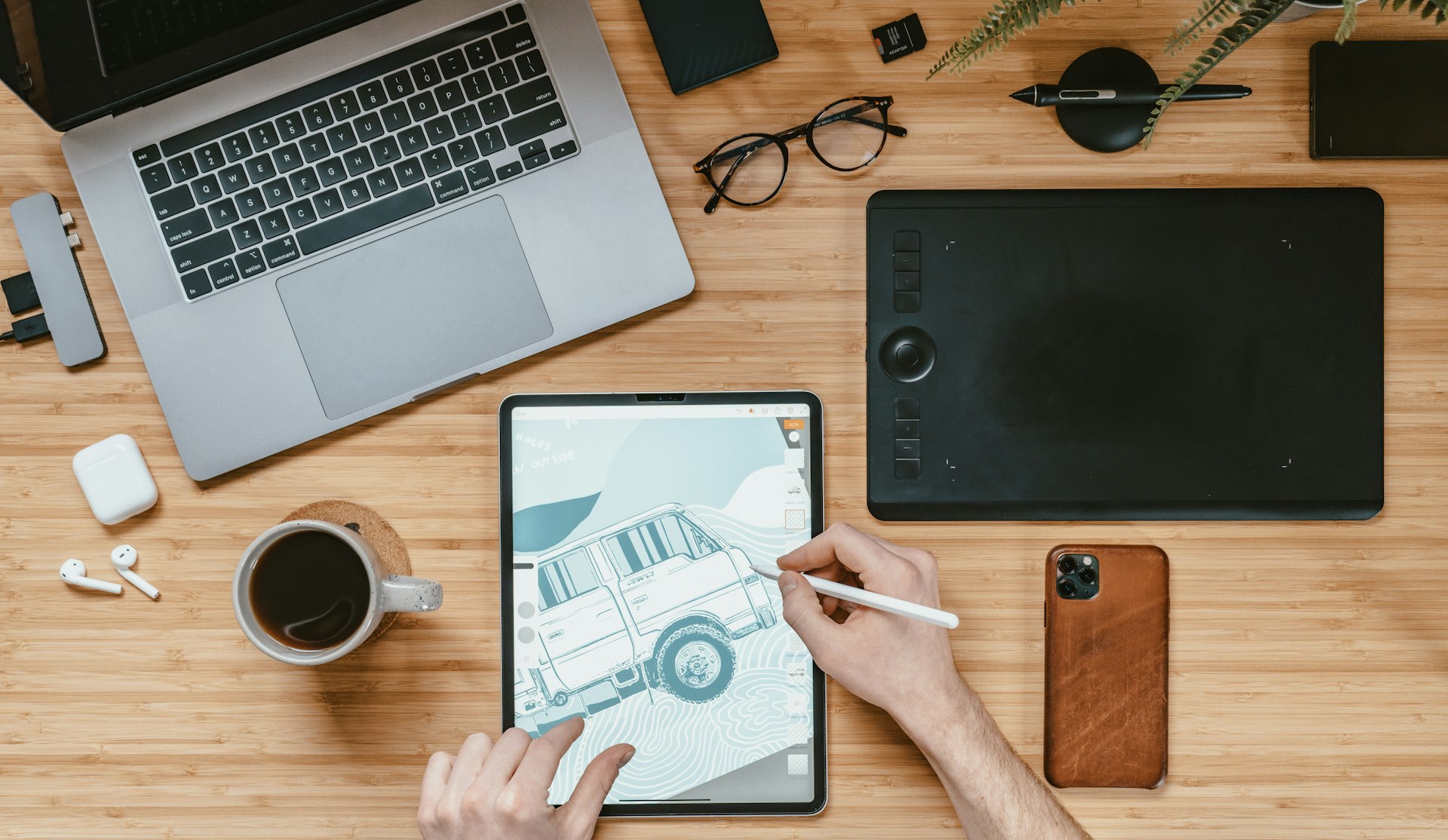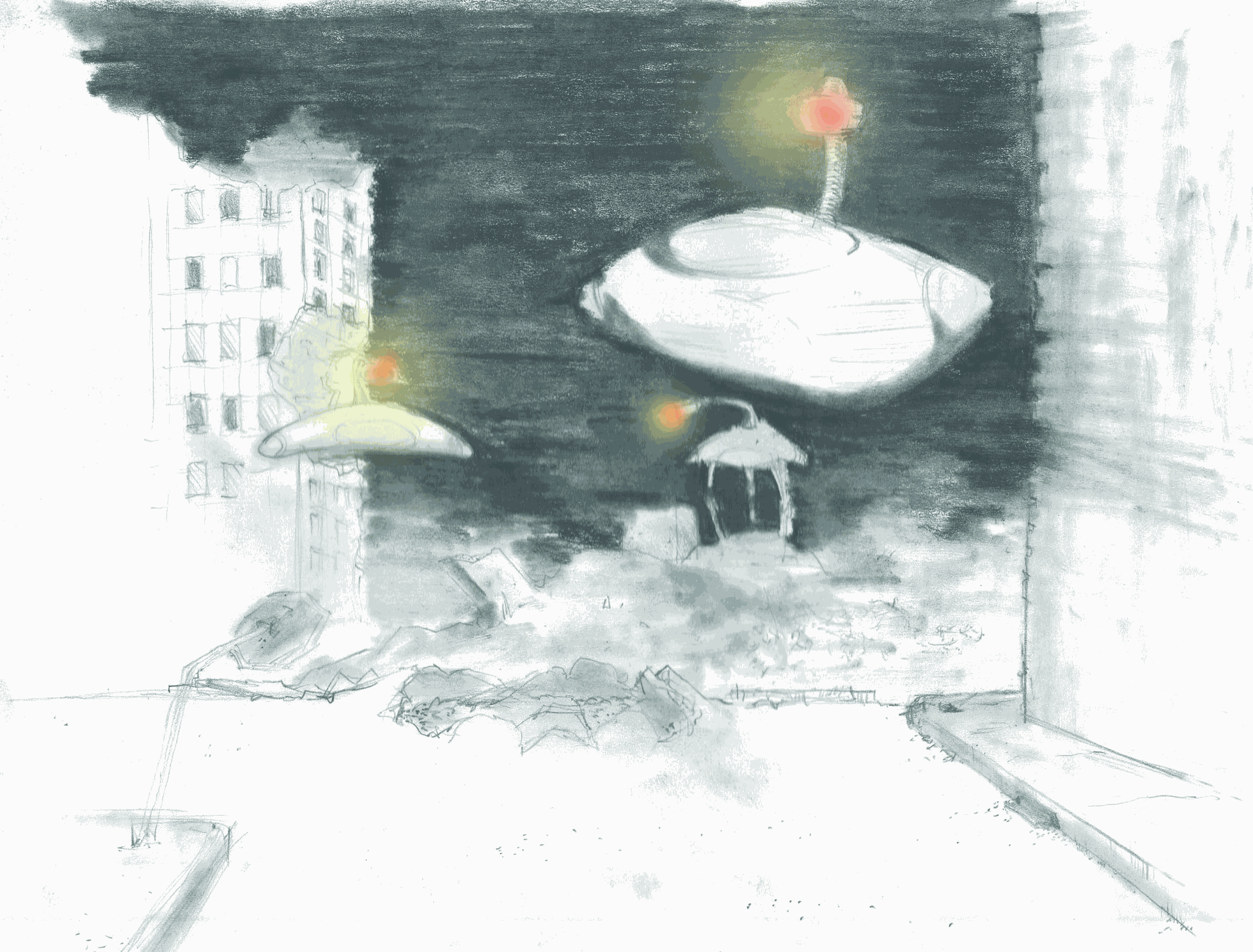Manga creation is an art form with deep roots in traditional methods, yet it has evolved significantly with the rise of digital tools. Whether you’re an aspiring mangaka or a seasoned creator, choosing between traditional and digital techniques can impact your workflow, style, and storytelling. In this post, we’ll explore the pros and cons of both approaches and how to find the best fit for your creative process.


Traditional Manga Techniques
For many artists, traditional manga techniques represent the core of manga’s artistic identity. These techniques involve using paper, dip pens, ink, screen tone sheets, rulers, and other tangible tools. The tactile nature of traditional methods can offer a more organic connection to the art.
Pros:
- Authentic Aesthetic: Traditional manga often has a raw, hand-crafted quality that resonates with readers. The imperfections can add character to the artwork.
- Skill Development: Mastering inking, line control, and traditional toning can enhance fundamental artistic skills.
- Textural Richness: Using real ink, brushes, and screen tones can produce visually unique results that are difficult to replicate digitally.
- Tangibility: The physical pages can be preserved, exhibited, and appreciated as original art.
Cons:
- Time-Consuming: Traditional inking and toning are often slower and more labor-intensive than digital methods.
- Mistakes Are Costly: Fixing errors can be challenging and may damage the original work.
- Material Costs: Purchasing paper, ink, pens, and screentone sheets can become expensive.
- Reproduction Challenges: Scanning and cleaning up traditional pages for print or digital publication can be cumbersome.
Digital Manga Techniques
Digital manga creation utilizes software like Clip Studio Paint, Procreate, or Photoshop, offering a range of brushes, tones, and effects within a single platform. Digital tools are increasingly becoming the industry standard due to their versatility.
Pros:
- Efficiency: Digital tools streamline tasks like inking, toning, and corrections, saving time in the production pipeline.
- Endless Undo: Mistakes are easily fixed without damaging the work.
- Cost-Effective: After the initial investment in hardware and software, there are no recurring costs for materials.
- Publishing Convenience: Files are ready for digital distribution and print with minimal processing.
- Custom Brushes and Textures: Create a signature style using tailored tools and effects.

Cons:
- Learning Curve: Adapting to digital drawing can feel unnatural at first, especially if you’re accustomed to traditional tools.
- Loss of Texture: Digital works may lack the organic feel of hand-drawn art, appearing too clean or mechanical.
- Tech Dependency: Equipment failure or software glitches can interrupt progress.
- Creative Fatigue: Staring at a screen for long periods can cause eye strain and burnout.
Finding the Balance: Hybrid Techniques
Many modern mangaka blend traditional and digital methods to maximize efficiency while maintaining authenticity. For instance, some artists sketch traditionally, then scan their work to digitally ink and tone it. Others complete the entire drawing digitally but add textures or hand-drawn elements to preserve an organic feel.
Choosing What Works for You
Your choice between traditional and digital techniques may vary depending on the project, style, and personal preference. If you value the tactile experience and enjoy working with your hands, traditional methods might be more satisfying. However, if you prioritize efficiency and flexibility, digital methods could suit you better.
Experimentation is key. Try both approaches, and don’t hesitate to combine techniques when it suits your project. Ultimately, your unique voice as a mangaka will shine through regardless of your chosen method.
Conclusion
Traditional and digital manga techniques each have their own merits. Understanding the strengths and limitations of both can help you make informed choices that align with your artistic vision. Whether you stick with one approach or blend both, the most important thing is to keep creating and refining your craft.
